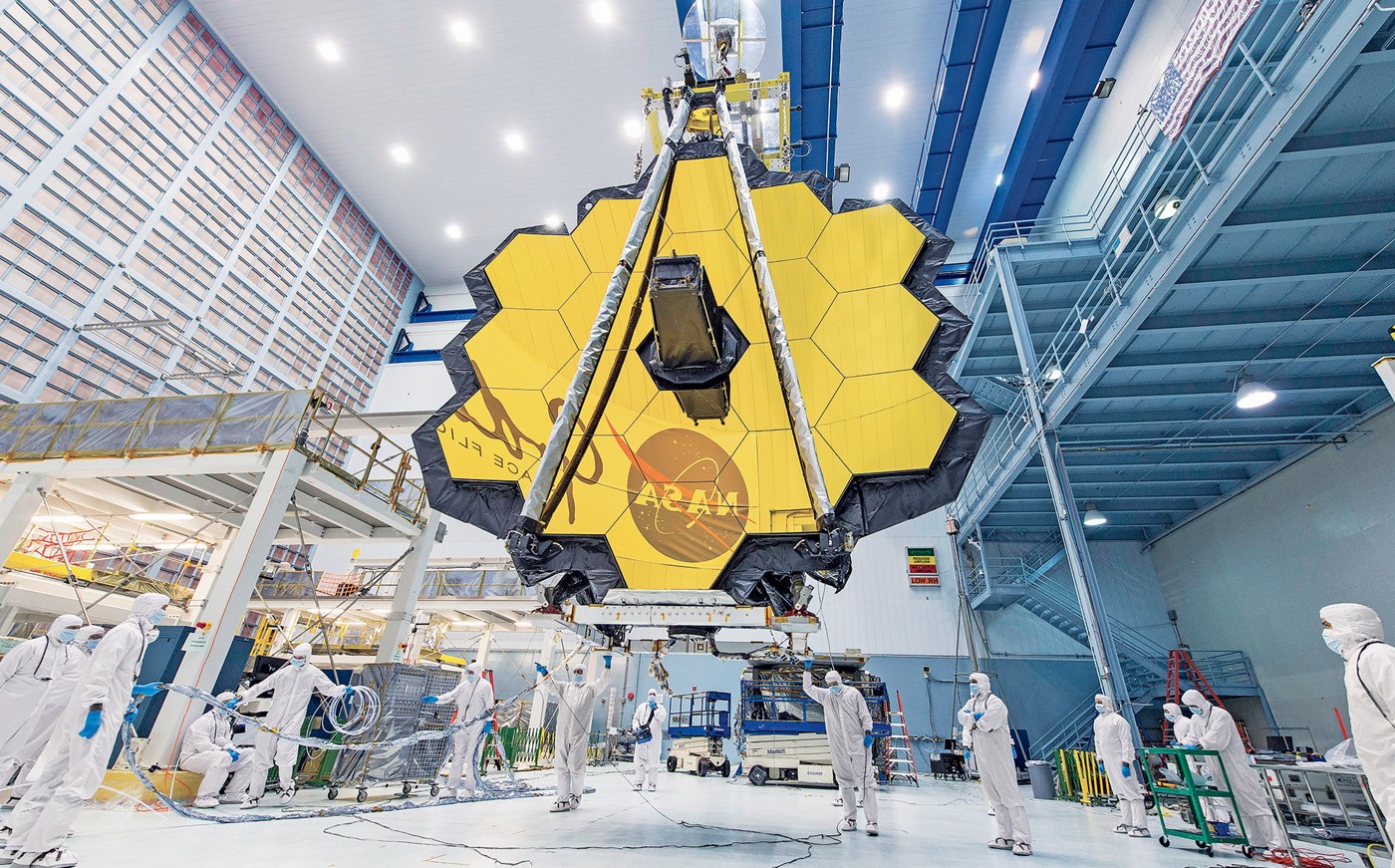By Flora Lepage, Year 10
For many years, space exploration has been a fascinating part of our world’s development. The engineering marvels of rockets, satellites and telescopes have allowed us to thoroughly explore the complex mysteries of our universe. The world famous US government agency, NASA, is a huge contributor to the knowledge we have today concerning space exploration. NASA began exploring space in 1957 and since then have continued to amaze humanity with all their space exploration endeavours.
On the 25th of December 2021, NASA launched the James Webb Space Telescope, in what might be its most important launch ever. The telescope took thirty years and 20,000 people to build, and cost over ten billion dollars. The engineering is state of the art, with new technology that will allow it to see further than any other telescope, all while being able to stay in space for around ten years. The mission of the telescope is to see billions of light years away in order to observe the first galaxies that formed and see young stars forming planetary systems, in order to better understand our early universe. Within the first year of its launch the telescope has already captured magnificent images.
Out of all of James Webb’s discoveries, one truly stands out. That is the discovery of the four oldest galaxies ever seen that date back to only 350 million years after the Big Bang (which occurred 13.8 billion years ago). One must remember that when performing astronomical observations, one is effectively looking into the past. The faint light from these galaxies took 13.4 billion years to hit our earth, despite the distance between earth and these galaxies being 33 billion light years away, due to the expansion of the universe. The pictures that were developed are more detailed than scientists could have ever hoped; new colours and sharp details show new aspects of the early stars and galaxies of our universe. The precision of these images and the underlying data is unmatched, allowing astronomers to perform research with a never before seen degree of depth. This discovery is incredibly significant for all astronomers and scientists: their theories describing these early galaxies have been further evidenced, hinting that many of their other theories concerning even older galaxies and planets may also be true.

The James Webb Space Telescope is one of humanity’s greatest innovations in the field of astronomy. Every new discovery from it helps us better understand our early universe and what it is that truly surrounds our planet. Space is infinite and us humans have knowledge of only a very little percentage of it, leaving an immense amount to be discovered. On top of the new galaxies and exoplanets discovered within only the first year of launch, much more is to come in the upcoming years while the telescope continues to look back in time.



